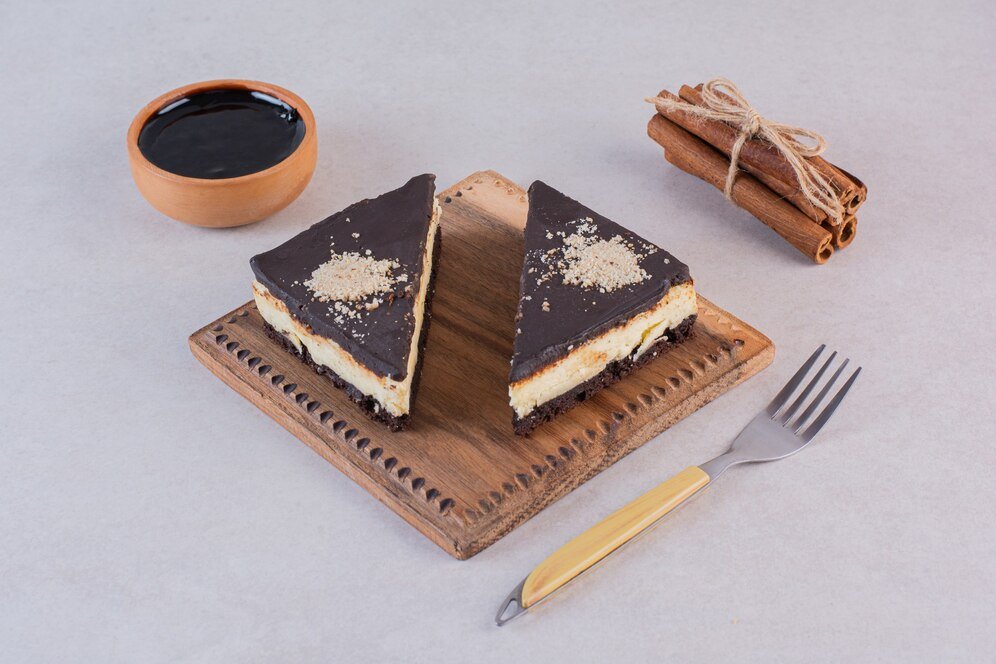The History of Tiramisu’ Cake: Famous Dessert was Invented
Northshoredish.com– The History of Tiramisu’ Cake: Famous Dessert was Invented. It’s time to look through an old Italian cooking book. What do you find? Tiramisu cake doesn’t have a recipe. I first tried Tiramisu in 1985. I was in Italy at that time. A friend told me about a new cake recipe she got. She was so excited about it that I wanted to try it right away. I had never tasted anything like it before. That’s why I love this treat so much now.
Since the strong espresso coffee and eggs in tiramisu give you a lot of energy, the name “tiramisu” means “pick-me-up” in Italian. There are many stories about how Tiramisu came to be. Some people think it comes from Tuscany because it’s a stacked cake, which is a very popular type of dish there. It’s called “English Soup.” It’s not English and it’s not soup. A simple cake with layers of chocolate and egg custard that are turned around is made instead. The ladyfingers or sponge cake are soaked in “alkermes” liquor.
Stack cakes have been around for a very long time. It’s not the way the layers are put together that’s smart; it’s the parts that go together. It’s a great idea to mix coffee, zabaglione cream, and chocolate. This is what really makes Tiramisu unique.
Exploring the Evolution of Italian Cuisine
I love learning about how food has changed over time. A lot of knowledge about the food history of different parts of Italy can be found in my book “The Timeless Art of Italian Cuisine – Centuries of Scrumptious Dining.” I read many Italian cook books to try to figure out where Tiramisu came from.
The first clue comes from Giuseppe Maffioli, a famous Italian cook. He talks a lot about Zabaglione custard in his 1968 book called “Il ghiottone Veneto,” which translates to “The Venetian Glutton.” While this cream is named after a sweet dish from the Illiria area, Zabaja, it comes from it. During the golden age of the “Repubblica Serenissima” (The Most Serene Republic) of Venice, it was a part of Venice for a long time. It’s the country on the other side of the Adriatic Sea. Zabaglione was made back then with sweet wine from Cyprus.
A big bottle of zabajon was a joke from the groom’s bachelor friends to the couple before they went to bed after the long wedding dinner. This was done to make sure they had a great honeymoon that lasted a long time, according to Maffioli. Sometimes, the zabajon was served with whipped cream. In this case, it was served very cold, almost frozen, with baicoli, which are small. Thin cookies from Venice that were made in the 1700s by a baker in the Santa Margherita neighborhood. These are all things that are like the current recipe for Tiramisu: the cookies, the whipped cream, and the way it is served. And even the part about how energetic the Zabaglione is seems to be a nod to the dessert’s name.
Discovering the Oldest Tiramisu Recipe
After some time, I discovered that “I Dolci del Veneto,” a book by Giovanni Capnist, had the oldest recipe I could find. The first one came out in 1983 and has a well-known recipe for Tiramisu. Capnist adds, “Recent recipe from the town of Treviso that can be made in an infinite number of ways, discovery of restaurants rather than family tradition.”
Fernando e Tina Raris’s 1998 book “La Marca Gastronomica,” which is all about food from the town of Treviso. Is the last word on where Tiramisu came from. In 1981, Giuseppe Maffioli wrote in a piece that tiramisu was created in the town of Treviso not long ago, 10 years ago. This is what the artists remember. The idea was first brought up at Le Beccherie, a diner. Right away, both the treat and its name became very well known. The cake and its name were copied by many places, first in Treviso and then all over Italy.
People still go to “Le Beccherie” restaurant to get this treat, which is made with bitter chocolate, mascarpone-zabaglione cream, and ladyfingers soaked in strong espresso coffee. Alba and Ado Campeol, who own the restaurant, wish they had protected the name and the recipe for the cake so that other people wouldn’t have to guess where it came from and fail to make it the same way.
